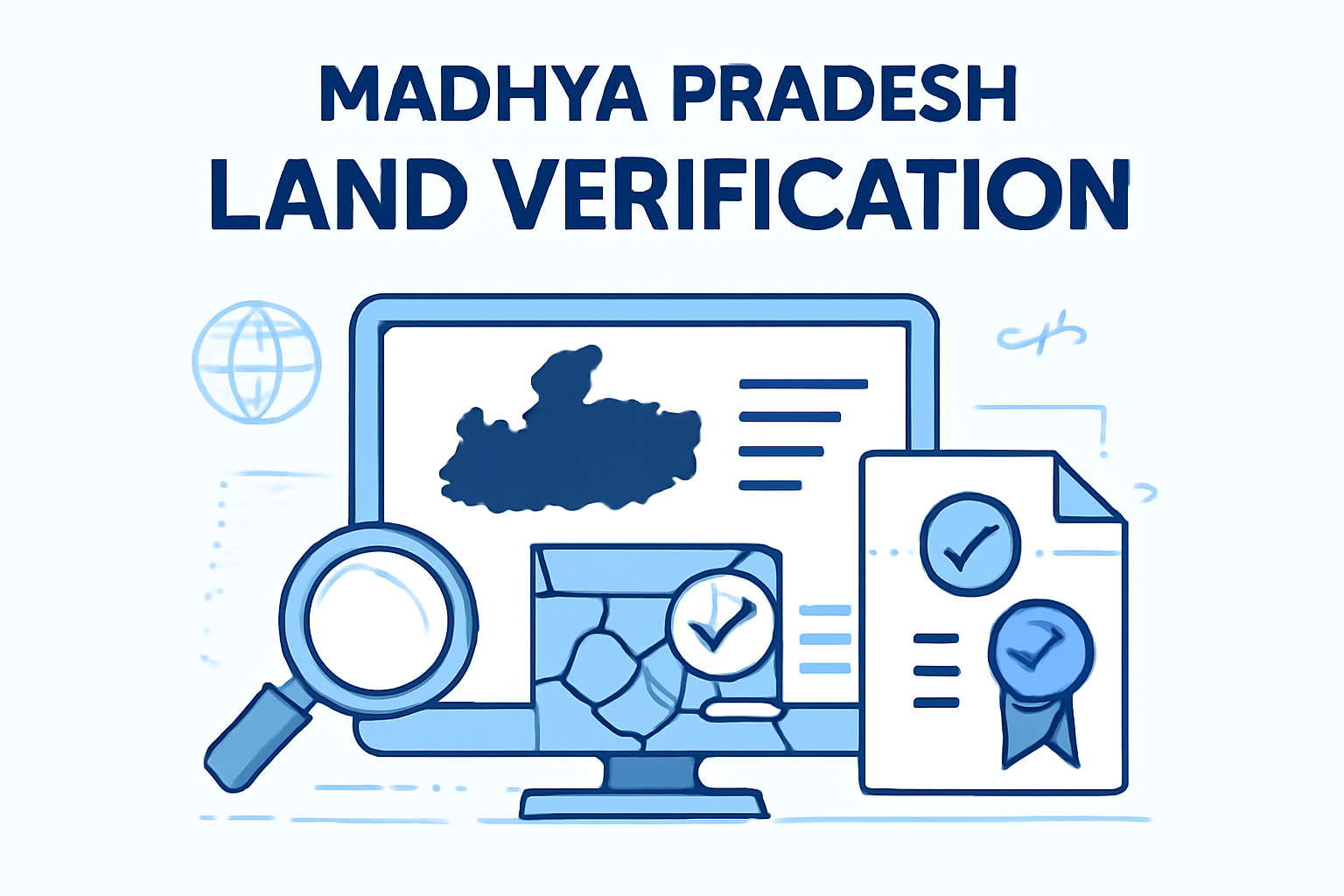Feel free to reach techsupport@surepass.io for any technical support or guidance.
Madhya Pradesh Land Verification

Madhya Pradesh Land Verification API Category
Overview
Category Details
Child Categories: None
APIs in this category: District List, Tehsil List, Village List, Khasra List, Madhya Pradesh Land Verification
Key Capabilities
Main Functionality
This category provides hierarchical access to Madhya Pradesh's administrative divisions and land records, allowing for systematic navigation from districts down to specific land parcels (khasras), with comprehensive verification of ownership details, land measurements, and official classifications.Administrative Hierarchy Navigation
Navigate through Madhya Pradesh's administrative divisions with APIs for retrieving districts, tehsils (sub-districts), and villages, enabling precise geographical targeting for land verification.
Land Parcel Identification
Identify specific land parcels through the Khasra List API, which provides access to unique land identification numbers and associated property details within selected villages.
Comprehensive Land Record Verification
Verify complete land records including ownership details, land type classification, area measurements, land use designation, and mutation history through the Madhya Pradesh Land Verification API.
Common Use Cases
Banking & Finance
Real Estate
Legal & Compliance
Integration Considerations
Best Practices
Important Limitations